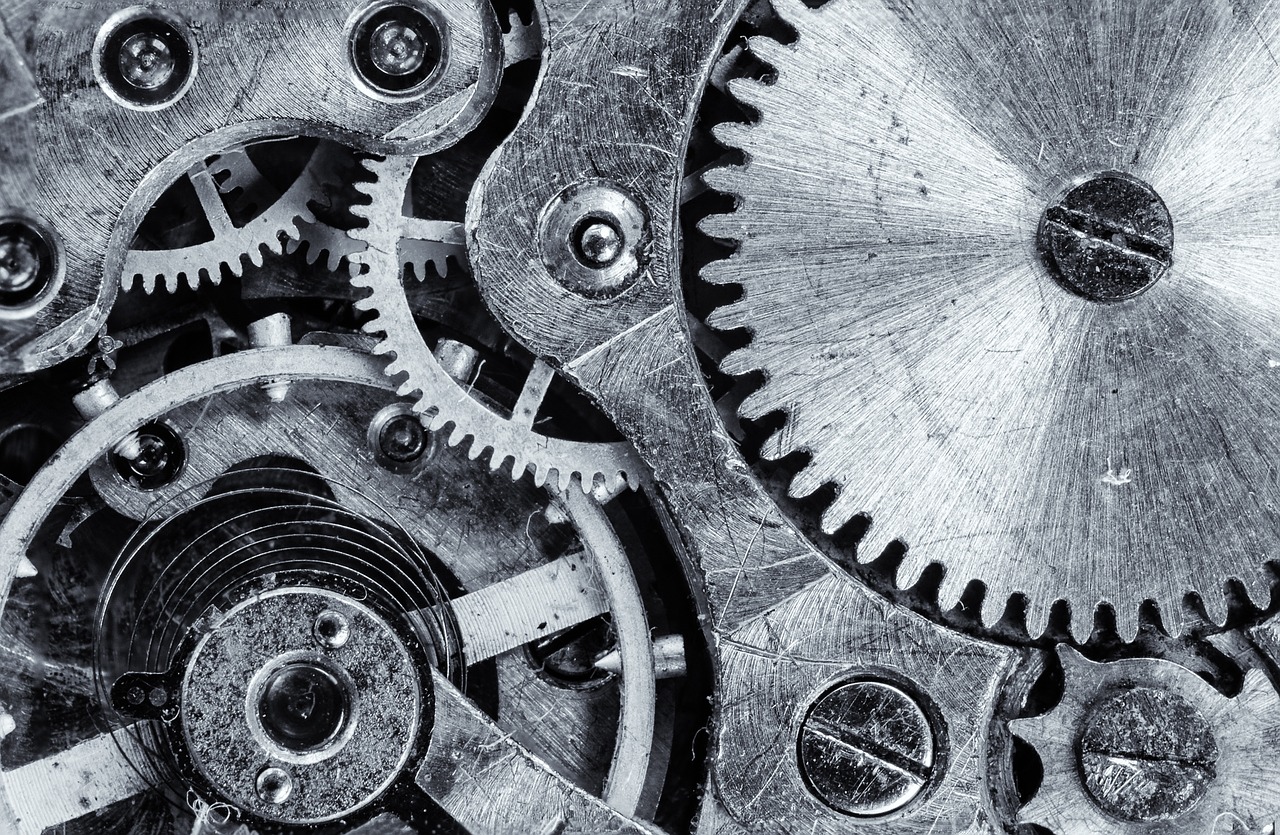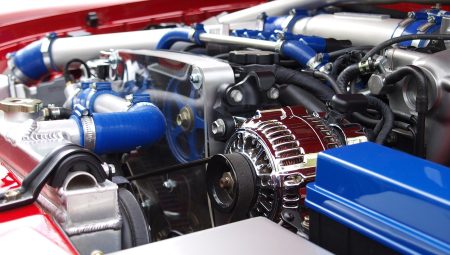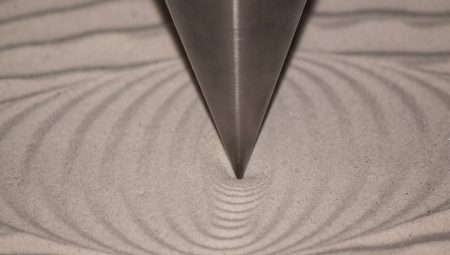The world of hybrid vehicles brings a fascinating blend of technology and engineering, particularly when it comes to engine mounts. These components are not just simple supports; they are the unsung heroes that ensure a smooth and comfortable ride. Unlike traditional vehicles, hybrid engines operate differently, which means their mounts must adapt to unique requirements. Have you ever considered how an engine mount can influence your driving experience? It’s all about managing vibrations and noise while supporting a complex array of components, including electric motors.
In hybrid vehicles, the design of engine mounts must cater to various factors, such as weight distribution and engine configuration. This is crucial because the weight of the engine and the electric motor can shift dramatically. The right engine mount can make all the difference, optimizing performance and enhancing comfort. Imagine driving a car where every bump is felt through the chassis; that’s what poorly designed mounts can do. Therefore, understanding these unique requirements is essential for anyone involved in the design and manufacturing of hybrid vehicles.
Moreover, the materials selected for these mounts play a vital role in their effectiveness. For instance, lightweight materials can aid in reducing overall vehicle weight, but they must also be durable enough to withstand the rigors of the road. As we delve deeper into the specifics, it’s clear that the challenges are as unique as the technology itself. So, buckle up as we explore the intricate world of hybrid engine mounts!
Importance of Engine Mounts
Engine mounts are not just simple components; they are the unsung heroes of vehicle performance. Imagine driving your hybrid vehicle and feeling every bump and vibration from the engine—sounds uncomfortable, right? That’s where engine mounts come into play. They are designed to reduce vibrations and noise, creating a smoother and more enjoyable driving experience. By securely holding the engine in place, these mounts ensure that all the power generated is efficiently transferred to the wheels without unnecessary disturbances.
Furthermore, in hybrid vehicles, where the engine configuration can vary significantly, the role of engine mounts becomes even more critical. They must adapt to unique weight distributions and dynamic loads caused by both the gasoline engine and electric motor. This adaptability not only enhances performance but also contributes to the vehicle’s overall durability. In a nutshell, engine mounts are essential for maintaining comfort, efficiency, and longevity in hybrid vehicles.
Design Considerations for Hybrid Engine Mounts
When it comes to hybrid vehicles, the design of engine mounts is not just an afterthought; it’s a critical component that integrates seamlessly with the vehicle’s overall architecture. These mounts must accommodate unique engine configurations, which often include a combination of traditional internal combustion engines and electric motors. This duality creates a need for innovative design solutions that consider weight distribution, vibration management, and thermal expansion.
One of the main challenges is ensuring that the engine mounts can effectively handle the dynamic loads generated during operation. Unlike conventional vehicles, hybrids experience different forces due to their complex powertrains. Therefore, careful attention must be paid to:
- Weight Distribution: Hybrid vehicles often have a lower center of gravity, which can affect how engine mounts perform under various driving conditions.
- Material Flexibility: The materials used in engine mounts must provide enough flexibility to absorb vibrations while also maintaining structural integrity.
- Thermal Management: Engine mounts must withstand varying temperatures, especially in hybrids where electric motors can generate significant heat.
Moreover, the design process should incorporate advanced simulation techniques to predict performance and durability. By leveraging computer-aided design (CAD) tools and finite element analysis (FEA), engineers can optimize the geometry of engine mounts for maximum performance and reliability. As hybrid technology continues to evolve, staying ahead of these design considerations is essential for manufacturers aiming to enhance vehicle efficiency and driver comfort.
Material Selection for Durability
When it comes to hybrid vehicles, material selection for engine mounts is not just a technical requirement; it’s a critical factor that can make or break the driving experience. The right materials ensure that these mounts can withstand the unique stresses imposed by both traditional engines and electric motors. For instance, materials like rubber and polyurethane are commonly used due to their excellent vibration isolation properties. However, advancements in composite materials are gaining traction, offering a lighter weight while maintaining strength.
Moreover, the durability of these materials plays a vital role in the longevity of the mounts. A well-chosen material can effectively absorb vibrations and reduce noise, leading to a smoother ride. Consider the following factors in material selection:
- Vibration Absorption: The ability to dampen vibrations is crucial for comfort.
- Weight Reduction: Lighter materials contribute to overall vehicle efficiency.
- Temperature Resistance: Engine mounts must endure fluctuating temperatures without degrading.
Ultimately, selecting the right material is akin to choosing the perfect ingredient for a recipe; it can elevate the entire dish, or in this case, the driving experience.
Impact of Weight on Performance
The weight of engine mounts in hybrid vehicles plays a pivotal role in overall performance and efficiency. Imagine trying to run a marathon with a heavy backpack; it slows you down and drains your energy. Similarly, heavier engine mounts can hinder a vehicle’s agility and fuel efficiency. Striking the right balance between strength and weight is crucial. Lightweight materials not only enhance performance but also contribute to better fuel economy by reducing the overall vehicle mass.
Moreover, advancements in material technology allow manufacturers to create mounts that are both strong and lightweight. For instance, materials like aluminum and composite plastics are increasingly popular due to their favorable strength-to-weight ratios. A well-designed mount can significantly improve how the vehicle handles, providing a smoother ride and better responsiveness.
To illustrate, consider the following table that compares the weight and performance implications of various engine mount materials:
| Material | Weight (kg) | Performance Impact |
|---|---|---|
| Steel | 5.0 | High durability but adds weight |
| Aluminum | 3.0 | Good strength, reduces overall weight |
| Composite Plastics | 2.5 | Excellent vibration isolation, lightweight |
In conclusion, the impact of weight on performance in hybrid vehicles cannot be overstated. By carefully selecting materials and designs, manufacturers can create engine mounts that enhance performance while ensuring durability and comfort.
Advancements in Mount Technology
In the rapidly evolving world of hybrid vehicles, are crucial for enhancing performance and comfort. Engineers are now leveraging cutting-edge materials and innovative designs to create engine mounts that not only reduce vibrations but also improve overall vehicle efficiency. For instance, the integration of smart materials that adapt to varying conditions allows for superior vibration isolation. This means a smoother ride and less noise, making your driving experience more enjoyable.
Moreover, advancements in computer-aided design (CAD) enable manufacturers to simulate and analyze mount performance under different scenarios, ensuring they meet the unique demands of hybrid engines. These technologies help in optimizing weight distribution and strength, striking a perfect balance that is essential for hybrid vehicles. The result? Engine mounts that are not just functional, but are also lightweight and incredibly durable.
As we look to the future, the role of 3D printing in mount production is becoming increasingly significant. This technology allows for rapid prototyping and customization, enabling manufacturers to create bespoke solutions tailored to specific vehicle models. With these advancements, the engine mounts of tomorrow promise to deliver unparalleled performance and efficiency, making hybrid vehicles even more appealing to eco-conscious consumers.
Testing and Validation Methods
When it comes to hybrid vehicles, ensuring that engine mounts perform optimally is crucial. are key to achieving this goal. These methods assess the durability and functionality of engine mounts under various conditions, simulating real-world scenarios. For instance, dynamic testing is used to evaluate how mounts react to different loads and vibrations during operation, while static testing checks their strength and resilience when stationary.
Moreover, advanced computer simulations are employed to predict performance outcomes before physical prototypes are even built. This not only saves time but also reduces costs significantly. To give you a clearer picture, here’s a brief overview of some essential testing methods:
| Testing Method | Purpose |
|---|---|
| Dynamic Testing | Assesses performance under operational conditions |
| Static Testing | Evaluates structural integrity and strength |
| Vibration Testing | Measures vibration isolation capabilities |
| Thermal Testing | Checks performance under temperature variations |
In addition, real-world validation through extensive road testing helps manufacturers understand how these mounts hold up over time and under various driving conditions. By integrating these comprehensive testing methods, engineers can ensure that hybrid vehicle engine mounts not only meet but exceed performance expectations, ultimately enhancing the driving experience.
Challenges in Hybrid Engine Mount Design
Designing engine mounts for hybrid vehicles is no walk in the park; it comes with a unique set of challenges. One major hurdle is accommodating the dual powertrains—the internal combustion engine and the electric motor. Each of these components has different weight distributions and vibration characteristics, making it tricky to create a mount that performs well under varying conditions.
Furthermore, hybrid vehicles often experience fluctuating loads during operation. This variability necessitates mounts that can adapt quickly to changing dynamics, ensuring that vibrations are minimized and comfort is maximized. The materials used must also be lightweight yet durable, which can sometimes feel like trying to find a unicorn!
Another challenge is the integration of advanced technologies. As hybrid systems evolve, engine mounts need to incorporate features like active vibration control and smart materials that adjust in real-time. This adds complexity to the design process, requiring extensive testing and validation to ensure reliability.
In summary, the challenges in hybrid engine mount design are multifaceted, involving the need for adaptability, advanced materials, and integration of innovative technologies. Overcoming these obstacles is crucial for enhancing the overall driving experience and vehicle efficiency.
Vibration Management Techniques
Managing vibrations in hybrid vehicles is not just a technical necessity; it’s a key factor in enhancing the overall driving experience. Imagine cruising down the highway, and instead of feeling every bump, you’re enveloped in a smooth, serene ride. This is where effective come into play. One of the primary methods involves using advanced engine mounts designed specifically to absorb and dissipate vibrations. These mounts are crafted from specialized materials that provide superior vibration isolation, ensuring that the driver and passengers enjoy a quieter cabin.
Additionally, engineers often incorporate damping mechanisms within the mounts. These mechanisms can adapt to varying frequencies of vibration, allowing for a more responsive and comfortable ride. For instance, when a vehicle accelerates, the engine’s vibrations change; a well-designed mount will adjust to manage these shifts effectively. Furthermore, tuning the stiffness of the mounts can help balance comfort and performance, creating a sweet spot where both are optimized.
In hybrid vehicles, the presence of electric motors adds another layer of complexity. The dual power sources can create unique vibration patterns that traditional mounts may not handle efficiently. Therefore, innovative solutions, such as smart mounts equipped with sensors, are being developed. These mounts can actively respond to real-time vibration data, making adjustments on the fly to ensure minimal disruption.
In summary, the art of vibration management in hybrid vehicles is a blend of science and engineering. By focusing on advanced materials, damping techniques, and smart technology, manufacturers are paving the way for a future where comfort and performance go hand in hand.
Future Trends in Engine Mount Development
The future of engine mount development in hybrid vehicles is poised for exciting innovations. As the automotive industry shifts towards more sustainable and efficient technologies, engine mounts must adapt to meet these new demands. One significant trend is the integration of smart materials that respond dynamically to changes in engine behavior, enhancing comfort and performance.
Moreover, advancements in 3D printing technology are allowing for more complex designs that can optimize weight and strength, leading to improved fuel efficiency. These innovations not only reduce the overall weight of the mounts but also allow for customization based on specific vehicle requirements.
Another trend is the focus on noise, vibration, and harshness (NVH) management. Manufacturers are increasingly exploring advanced damping materials and innovative geometries to minimize vibrations. This not only enhances passenger comfort but also prolongs the lifespan of vehicle components.
In addition, the push for electrification means that engine mounts will need to accommodate not just traditional engines but also electric powertrains. This will require a reevaluation of weight distribution and mounting points, ensuring that performance is not compromised.
In summary, the future of engine mount development is bright, with a focus on smart technologies, advanced materials, and innovative designs that cater to the evolving landscape of hybrid vehicles. As these trends continue to unfold, we can expect significant improvements in both vehicle efficiency and passenger comfort.
Frequently Asked Questions
- What is the role of engine mounts in hybrid vehicles?
Engine mounts are crucial for minimizing vibrations and noise, ensuring a smoother and more comfortable driving experience in hybrid vehicles.
- How do design considerations differ for hybrid engine mounts?
Hybrid engine mounts must accommodate unique engine configurations and weight distributions, which can vary significantly from traditional vehicles.
- What materials are best for durability in engine mounts?
Choosing the right materials, such as rubber or advanced composites, is essential for enhancing durability and performance while reducing vibrations.
- How does the weight of engine mounts impact vehicle performance?
The weight of engine mounts can affect overall vehicle efficiency, so a balance between strength and weight is crucial for optimal performance.
- What are the latest advancements in engine mount technology?
Recent innovations focus on improved designs that enhance vibration isolation and accommodate the unique challenges of hybrid vehicles.
- What testing methods are used for engine mount validation?
Various testing protocols, including durability and functionality assessments, are employed to ensure that engine mounts meet performance standards in hybrid vehicles.





